5 Yoga Exercises To Get Rid Of Puffy Eyes
Rejuvenate your eyes with the best yoga poses to curb potential puffiness.

Image: Shutterstock
Puffy eyes are the last thing you want to see on your face, especially when you have an important meeting or a date. But the fact is, with too much screen time and high stress levels, puffy eyes are a reality for all. One solution to this can be yoga for puffy eyes. Well, that sounds like a good idea. In this article, we have listed some yoga exercises to avoid puffy eyes and how you can practice them for effective results. But, before we get started, let us first understand why puffy eyes occur. After all, knowing the root cause helps you nip it in the bud, right?
In This Article
What Causes Puffy Eyes?
Age causes puffy eyes, but if you have a desk job and are addicted to all kinds of gadgets, say hello to puffy eyes on your youthful skin.
It is all interlinked. Addiction to gadgets causes insomnia, which further leads to health problems and so on. All these manifest as a pair of bags under your eyes. The skin around your eyes is fragile, making your puffy eyes look more prominent and providing even more reason to explore how to get rid of eye bags.
Puffy eyes occur when your eyes swell and cause irritability. This could happen because of stress, fluid retention, allergies, hormone changes, and crying. Yes, crying. So, be careful the next time when you feel like wailing and save yourself from bags forming under your eyes. Another cause is too much sodium in your diet. And, sleep, either less or too much of it. If you use contact lens, please follow the usage instructions that come with it and wear them only when necessary.
 Trivia
TriviaNow that you know where the problem is arising from, curb it before it gets to you. But if you are already heavy with puffy bags, read on to understand how to treat it with yoga.
Key Takeaways
- Hormonal changes, allergies, and intake of excessive sodium cause puffy eyes..
- Certain yoga poses may help increase blood circulation and reduce puffiness.
- Yoga poses like halasana, chakrasana, and salamba sirsasana helps boost immunity, reduce puffy eyes, and improve respiration.
- Incorporate these poses into your daily routine will help reduce mental stress and improve your general health.
Yoga For Puffy Eyes – How Does It Help?
Is there anything that yoga can’t solve? No, there is nothing. You can find all the solutions for your problems in yoga. For puffy eyes, it is even simpler. The beauty of yoga is that it fixes the cause, eliminating the occurrence of the problem.
Yoga promotes relaxation and improves blood circulation. When you practice yoga, your body relaxes, and your mind calms down. This reduction in stress can help decrease puffiness around the eyes. Additionally, yoga poses that involve inversions, such as downward-facing dog and headstand, can improve blood circulation to the face, helping to reduce puffiness and give you a more refreshed and vibrant look.
Asanas that apply pressure to the head and allow fresh blood to gush towards it work wonders for puffy eyes. That my friend, will smoothen out your bags and bring back to your eyes their former shiny glory.
If you need help choosing the right kind of asana, and the manner of its practice. We got it covered here for you. All you have to do is, scroll down.
Yoga Exercises To Reduce Puffy Eyes
- Paschimottanasana (Seated Forward Bend)
- Halasana (Plow Pose)
- Chakrasana (Wheel Pose)
- Salamba Sarvangasana (Shoulder Stand)
- Salamba Sirsasana (Head Stand)
1. Paschimottanasana (Seated Forward Bend)

Paschimottanasana or the Seated Forward Bend is a seemingly easy pose to start off with. It gives a good stretch to your body, opening up the blocks in it. Practice Paschimottanasana in the morning on an empty stomach and clean bowels to gain maximum benefits. It is a basic level Hatha yoga asana.
How To Do Paschimottanasana?
Sit down with your back straight and legs stretched out in front of you. Keep your feet together and pull your toes backward towards you. Raise your arms and stretch them upwards. Then bend down forcefully at your hips towards your thighs. Place your head below your knees and press your chest against your thighs. Stretch your arms towards your feet and clasp your feet with your hands. Hold the pose for 30 to 60 seconds.
Meric Ekren, a blogger, shared her personal experience about practicing Paschimottanasana and how she was able to find relaxation in one of the most demanding asanas. She shares the instructions and recounts how she felt while performing the pose, “There was no feeling of pain that usually pushes me out of it. The thought of not having pain didn’t quite register either. I was just… in the pose, finding comfort in one of the most challenging asanas for my body (i).”
Benefits Of Paschimottanasana
Paschimottanasana reduces your anger and irritability. It solves your constipation issues. It also eases your stomach and back aches. It energizes your body and stimulates your intestines. It improves your blood circulation and reduces anxiety. Paschimottanasana activates your spinal nerves and reduces obesity.
To know more about the asana, check – Paschimottanasana.
2. Halasana (Plow Pose)

Halasana or the Plow Pose unleashes the hidden treasures in your body. It is compared to the plow which found Sita in a casket when her foster father plows a piece of land in Ramayana. It is a basic level Hatha yoga asana that works well when practiced in the morning on an empty stomach.
How To Do Halasana?
Lie down on your back on the ground. Keep your arms placed along both the sides of your body and your palms facing downwards. Lift your legs together off the floor till a 90-degree angle. Then, clasp your hips with your hands and lift them off the floor taking your feet over your head. Place your feet beyond your head with the toes touching the ground. Bring back your arms to their original position and hold the pose for 30 to 60 seconds.
Benefits Of Halasana
Halasana provides stress relief and normalizes the blood glucose levels in your body. It improves your digestion and appetite. It nourishes your thyroid, pancreas, and kidneys. The pose normalizes high blood pressure. It calms your nervous system and reduces fatigue. It strengthens your immune system and cures insomnia and headache.
3. Chakrasana (Wheel Pose)

Chakrasana or the Wheel Pose is a backbend which forms the shape of a wheel when assumed. Hence, the name. Practice Chakrasana in the morning or evening on an empty stomach. In the evenings, make sure you practice after 3 to 4 hours of having a full-fledged meal. Chakrasana is a basic level of Ashtanga yoga asana.
How To Do Chakrasana?
Lie down on the ground on your back. Place your hands along the sides of your body. Bend your knees and put your soles on the ground. Keep shoulder length distance between them and get them closer to your buttocks. Take your arms and fold them backward towards your face and place your palms near your ears with the fingers pointed towards your shoulder. Now, lift your body off the floor, balancing it on your four limbs and head hanging downwards. Hold the pose. Keep it for 1 to 5 minutes.
Benefits of Chakrasana
Chakrasana strengthens your lungs. It improves your respiration. The pose is therapeutic for asthma patients. It enhances the functioning of your nervous system. The asana energizes you physically and mentally. The asana also combats depression and anxiety. It stimulates your pituitaryi A gland located at the base of the brain that secretes hormones to regulate various body processes. and thyroid glandsi A gland in the throat that releases hormones to regulate the growth, metabolism, and development of the human body. . It ignites all your seven chakras and is good for the heart.
To know more about the asana, check – Chakrasana.
4. Salamba Sarvangasana (Shoulder Stand)

Salamba Sarvangasana or simply the Shoulder Stand is called so as the weight of your body rests on your shoulder in this asana. It is a powerful pose that takes time to master. It works best when practiced in the morning on an empty stomach. Salamba Sarvangasana is known as the queen of asanas and comes under the advanced level Hatha yoga asana category.
How To Do Salamba Sarvangasana?
Lie down on the floor on your back. Keep your arms along the sides of your body and your legs together. Now, swiftly lift your legs, buttocks, and back supporting your body on your shoulders and arms. Hold your back with your hands. Keep your legs straight and bear the weight of your body on the shoulders and upper arms. Hold the pose for 30 to 60 seconds.
Benefits Of Salamba Sarvangasana
Salamba Sarvangasana calms nerves and reduces insomnia. It solves digestive disorders and boosts self-confidence. It reduces anxiety and depression. It is useful for people suffering from respiratory tract disorders. The pose takes off the pressure from the heart and reduces fatigue. It stimulates your abdominal organs and is therapeutic for asthma and sinusitisi A condition where the cavities around the nasal passages swell up due to a cold or allergy and cause congestion and face pain. .
To know more about the asana, check – Salamba Sarvangasana.
5. Salamba Sirsasana (Head Stand)
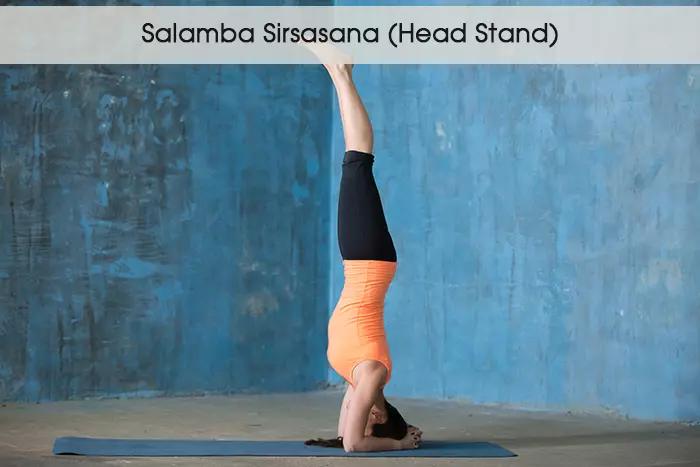
Salamba Sirsasana or the Headstand is the king of all asanas. The pose requires sufficient upper body strength and takes the daily practice of a couple of other asanas to be able to assume Salamba Sirsasana. Practice this asana preferably in the early hours of the day on an empty stomach and with clean bowels. Salamba Sirsasana is an advanced level Vinyasa yoga asana.
How To Do Salamba Sirsasana?
Kneel down on the floor and place your forearms on the floor. Intertwine your fingers. Keep your elbows shoulder width apart. Take a blanket and place the crown of your head on it and fit it in the clasp of your palms. Lift your knees off the floor, then your thighs forming an inverted V. Then, lift both your feet off the floor together. Take them up forming a 90-degree angle with the ground and keep your spine straight and torso elongated. Distribute the weight of your body between both your forearms. Hold the pose for at least 10 seconds.
Benefits Of Salamba Sirsasana
Salamba Sirsasana allows a healthy blood flow to your brain. It treats a headache, depression, and diabetes. It provides relief from a cough and common cold. It cures problems of your stomach, liver, and kidneys. The asana develops your will power and calms your brain.
To know more about the asana, check – Salamba Sirsasana.
In addition to these asanas, an eye massage may help combat puffiness. Learn how to do it in the section below.
Eye Massage For Puffy Eyes
Performing an eye massage for puffy eyes helps manage swelling and puffiness effectively.
- Start with clean hands.
- Apply a carrier oil (like coconut or almond) to your fingertips.
- With your ring finger, gently massage the inner corner of your eye.
- Massage in circular motions, moving from the inner corner outward.
- Exercise caution around the delicate eyelid area.
- Continue for a few minutes without rushing.
- Repeat the massage as needed.
- Then close your eyes and apply a cool compress or cucumber slices.
Regular eye massage may help improve circulation, lymphatic drainage, and relaxation, reducing puffiness and rejuvenating the eyes. Always be gentle to avoid harm to the eyes and surrounding skin.
 Quick Tip
Quick TipInfographic: 3 Best Yoga Poses For Puffy Eyes
Puffy eyes can sneak up on you for various reasons, such as aging, changes in dietary habits, sleeping issues, stress, and trauma. The fluid retention under the eyes can make you look tired, sick, and older than your actual age. Fortunately, puffy eyes can be treated with simple yoga exercises that are easy to do and improve blood circulation. Check out the infographic below for more information.

Illustration: StyleCraze Design Team
Taking to yoga for puffy eyes is certainly a decision you will never regret and this self-care practice will provide the best rejuvenation for your eyes. Certain yoga poses will ensure blood flow to the head and help flatten those unwanted bags under your eyes. Poses like pashchimottanasana, halasana, chakrasana, salamba sarvangasana, and salamba sirsasana paired with some meditation and different breathing techniques can help. From improving digestion and easing constipation to treating depression, anxiety, lung disorders, and insomnia, these poses go a long way in improving your overall health and wellness. So, roll out your yoga mats and sweat it out to keep your eyes looking healthy.
Now, let’s find out answers to some commonly asked questions on puffy eyes.
Frequently Asked Questions
What are the symptoms of puffy eyes?
Some of the symptoms of puffy eyes are redness, itchiness, and watering of eyes.
Are puffy eyes genetic?
Yes, puffy eyes can be hereditary. Have you ever tried any of these yoga exercises for puffy eyes? Say yes, because puffy eyes drain your effectiveness and make you look dull. Take the needed precautions, adopt a healthy lifestyle, rely on natural remedies, and practice the asanas mentioned above to prevent puffy eyes from spoiling your aura. Get started and make your eyes shine!
Are there any facial yoga or exercises that can reduce puffiness around the eyes?
Yes. You can try eye lifts, eye massages, warm compress, and eye-rolling, and other eye exercises and yogas to reduce puffiness around the eyes, and ensure complete eye health.
What are the risks associated with practicing yoga for puffy eyes?
Practicing some yoga poses for puffy eyes may cause eye injury, and increase pressure on the eye if not performed properly.
What lifestyle changes can be made to help reduce puffiness in the eyes?
Getting enough sleep, drinking plenty of water, reducing stress, and avoiding alcohol may help reduce puffiness around the eyes.
What other treatments or remedies should be combined with yoga for the best results?
Eating a balanced diet, placing a cold compress over your eyes, drinking plenty of water, and massaging your eyes to improve blood circulation may give better results when combined with yoga.
Illustration: Yoga Exercises To Get Rid Of Puffy Eyes

Image: Stable Diffusion/StyleCraze Design Team
Ready to conquer Chakrasana? Watch this beginner-friendly video that teaches the foundational asanas and provides step-by-step guidance for mastering the Wheel Pose and energizing your chakras.
Personal Experience: Source
StyleCraze's articles are interwoven with authentic personal narratives that provide depth and resonance to our content. Below are the sources of the personal accounts referenced in this article.
i. Paschimottanasana- The reverence of a deep bow…https://yogabhimalight.wordpress.com/tag/paschimottanasana/
Read full bio of Sri Yogi Anand
Read full bio of Shirin Mehdi
Read full bio of Ravi Teja Tadimalla
Read full bio of Himanshi Mahajan














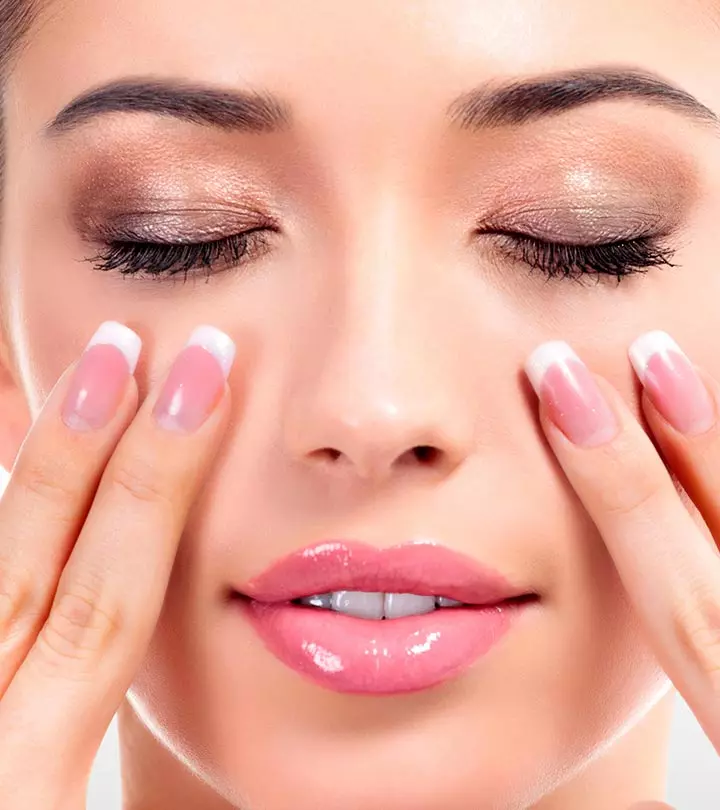
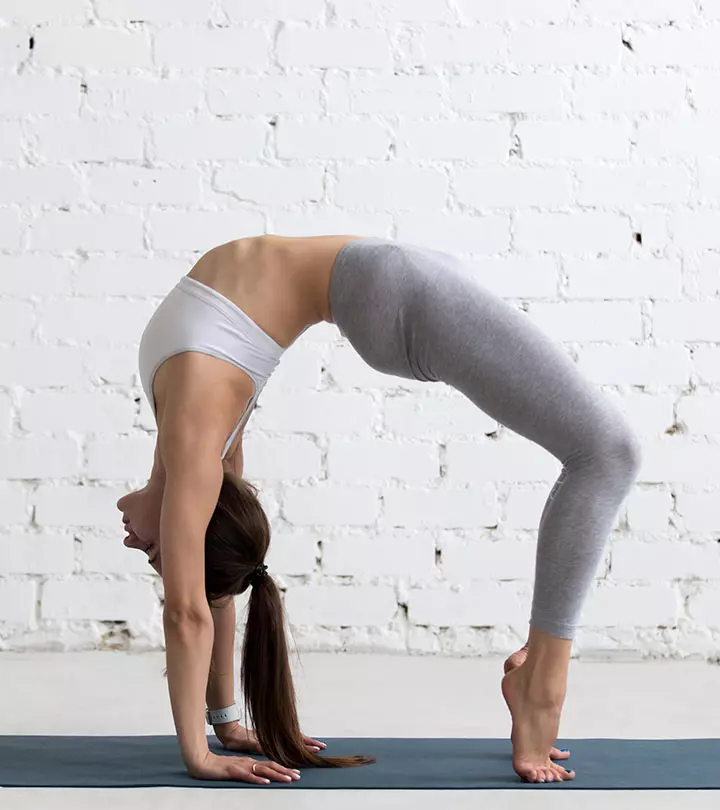
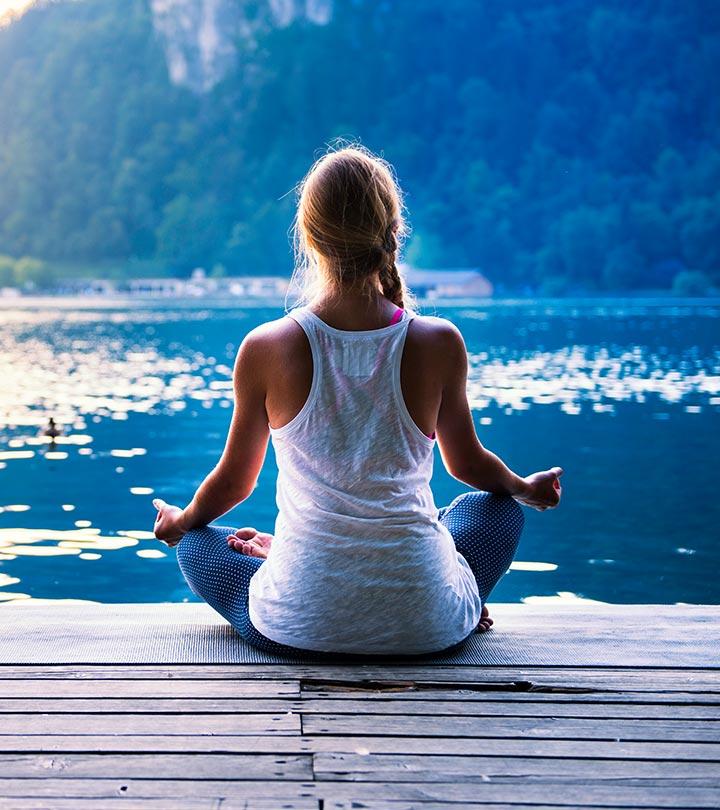

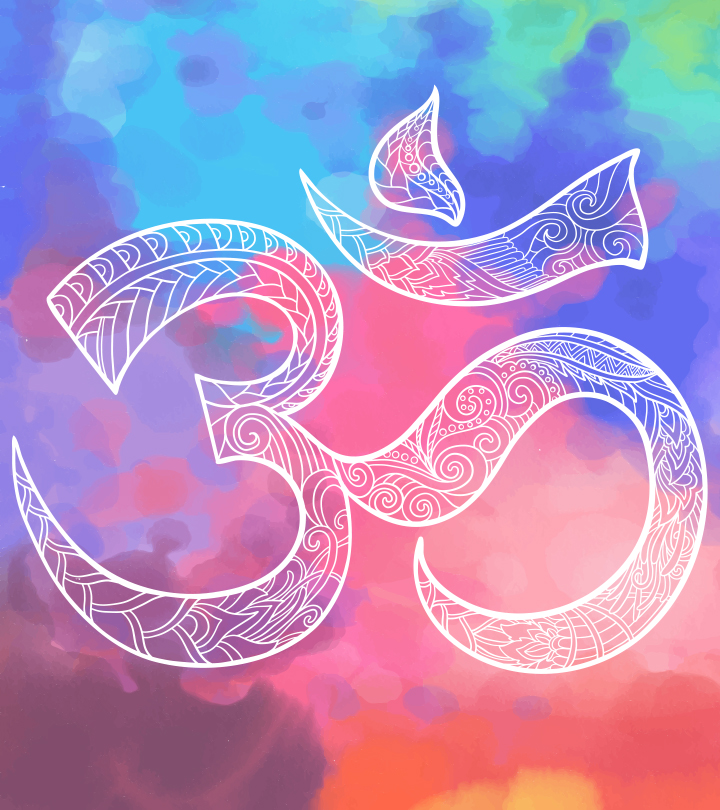



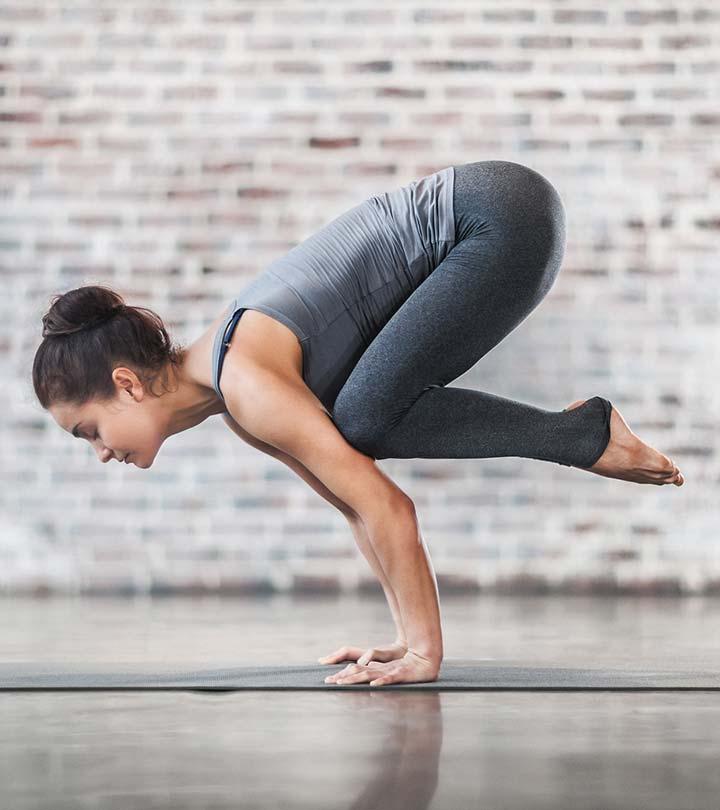





Community Experiences
Join the conversation and become a part of our empowering community! Share your stories, experiences, and insights to connect with other beauty, lifestyle, and health enthusiasts.